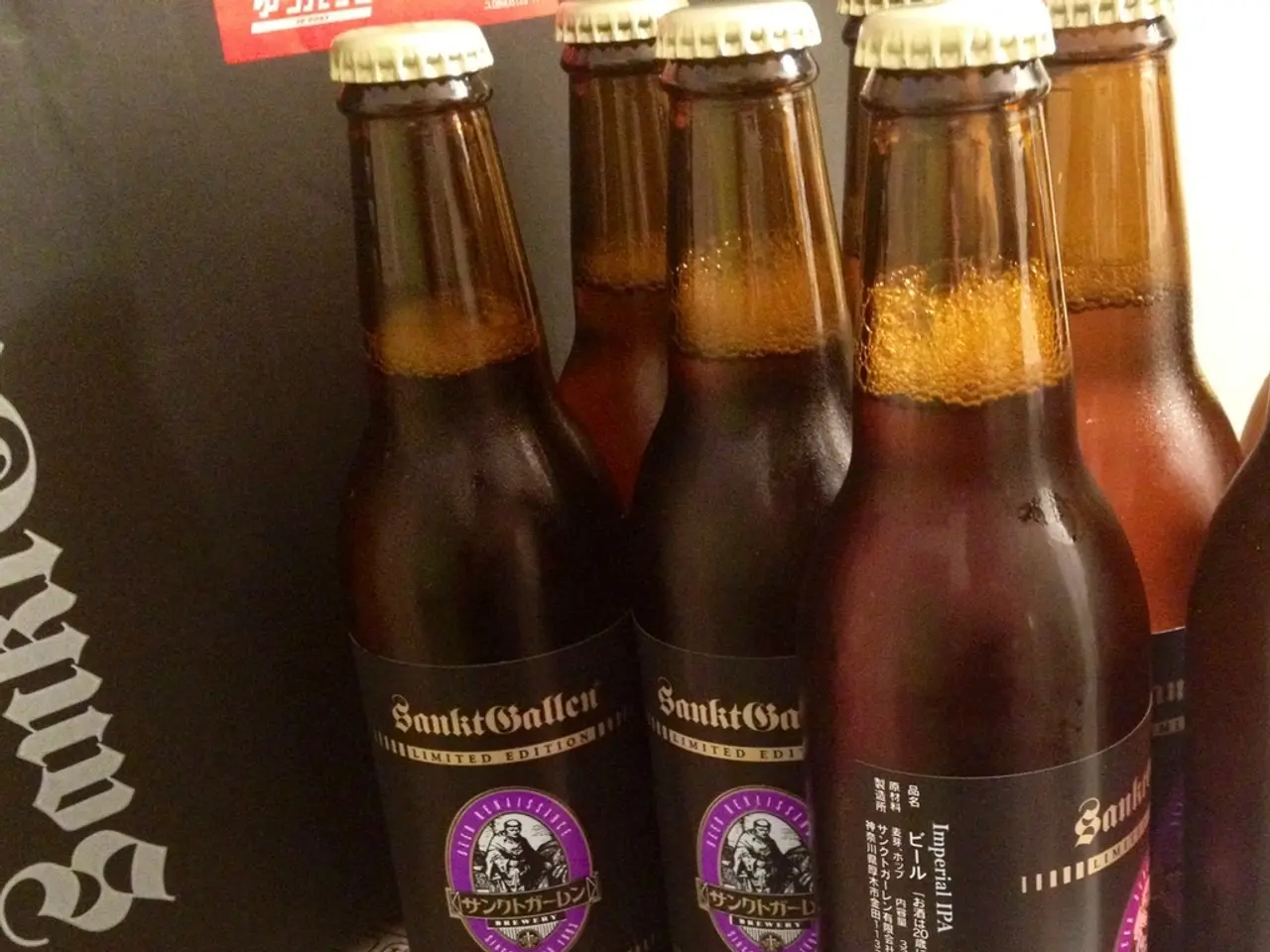Ensuring the Integrity of Infant Formula
Safely Preparing, Storing, and Reheating Baby Formula
Ensuring the safety and well-being of your baby is of utmost importance, especially when it comes to feeding. Here are some key steps to follow when preparing, storing, and reheating baby formula.
Preparation:
- Wash hands and equipment: Before making formula, wash your hands thoroughly and sterilize bottles, nipples, and any feeding utensils with hot, soapy water to prevent contamination.
- Measure accurately: Follow the formula package instructions exactly, using the precise water-to-formula ratio. Use clean, boiled (then cooled) or safe bottled water to mix powdered or concentrated formula to maintain proper nutrition and safety.
- Mix formula: Add powder or concentrate to water and mix well until fully dissolved and uniform.
Storage:
- Store unopened formula: Keep in a cool, dry place away from direct sunlight. Once opened, follow manufacturer instructions and use within one month.
- Store prepared formula: Refrigerate immediately in a sealed container and use within 24 hours.
- At room temperature: Prepared formula can safely sit out for up to 2 hours. After your baby starts feeding, the formula must be used within 1 hour to avoid bacterial growth.
Reheating:
- Avoid reheating multiple times: Do not reheat formula more than once after initial warming because bacteria from the baby’s saliva can multiply during reheating, potentially causing illness and reducing nutrients.
- Heat safely: Warm the bottle by placing it in a bowl of warm water, using a bottle warmer, or running it under warm tap water until around body temperature. Never microwave formula, as it heats unevenly and can create hot spots that may burn your baby’s mouth.
- Test temperature: Shake well and test a few drops on your wrist to ensure the formula is warm, not hot.
- Cooling: If overheated, cool the bottle quickly by placing it in a cold water bath or running cold water over it until the desired temperature is reached—do not add ice directly to the bottle.
Additional safety considerations:
- Use formula brands tested for contaminants like heavy metals and chemicals to reduce exposure risks, especially for long-term infant health.
- Use formula within recommended timelines to minimize bacterial growth and nutrient loss.
In summary, hygienic preparation with proper measuring and mixing, immediate refrigeration of prepared formula, timely use, and careful single reheating by safe warming methods without microwaving are essential for baby formula safety.
- Heat 6- to 8-ounce refrigerated bottles for 30-45 seconds and 4-ounce refrigerated bottles for 25-30 seconds.
- Formula should not be stored in the freezer.
- Formula can cause foodborne illness in infants, which can be fatal.
- Refrigerated formula can be stored for up to 2 days.
- Premade bottles should be kept between 35-40°F until ready for use.
- Test the formula before feeding it to your baby to ensure it is not too hot.
- Water: Ask your doctor if water should be boiled for at least five minutes before mixing formula.
- After heating, shake the bottle and let it sit for a minute or two before testing it.
- To maintain the health-and-wellness of your growing family, it's crucial to follow good nutrition practices when preparing and storing baby food, especially formula.
- For the safety and wellness of infants, parents must ensure that they select formula brands tested for contaminants like heavy metals and chemicals, and adhere to the recommended timelines for use.
- As part of a comprehensive family-health routine, parents should practice awareness of science-based food safety guidelines, including proper preparation, storage, and reheating methods for baby formula.




